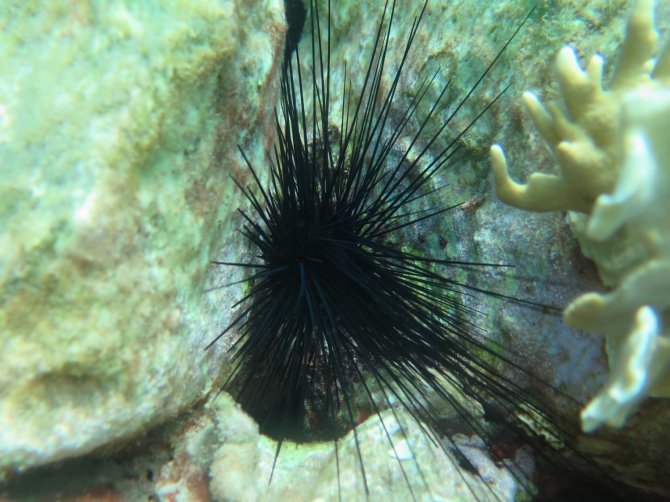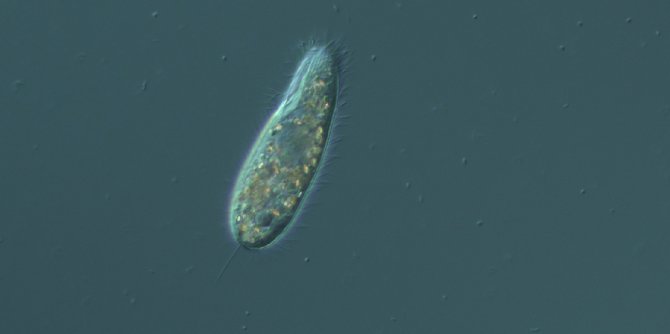
News
Mysterious sea urchin deaths unraveled: scuticociliate cause mass mortality on Caribbean coral reefs
An international team of researchers, including Wageningen University & Research and Van Hall Larenstein University of Applied Sciences, has found the cause of mass mortality among Caribbean sea urchins of the species Diadema antillarum. The research has now been published in Science Advances.
Sea urchins are important grazers and help keep algae under control on coral reefs. In 2022, sea urchins of the species Diadema antillarum died in much of the Caribbean Sea. The mortality was first observed in January in the US Virgin Islands. Since then, the mortality has expanded and spread rapidly.
Infected sea urchins quickly became ill and, once infected, up to 99% of a population died within a few weeks. This is catastrophic for Caribbean coral reefs, which are already under great pressure from climate change and other threats. Without the urchins, the reefs become overgrown with algae, preventing coral recruitment, as algae are intense competitors of corals.

Cause found
The team of researchers collected diseased and
healthy sea urchins from many different Caribbean islands, ultimately
concluding that scuticociliates were responsible for the mass mortality. This
was found by comparing genetic material from healthy and diseased sea urchins
with a variety of potential pathogens. One ciliate (Philaster sp.) was present
in all sick urchins and absent in healthy urchins at other sites. The pathogen
was then isolated in Florida and healthy sea urchins exposed to it in the lab
soon showed signs of disease. Consequently, the ciliates were found back in the
sick urchins, providing clear evidence that the ciliates were the primary
pathogen causing the mass mortality.

Precious mortality
Disease symptoms in diseased Diadema sea urchins in 2022 were very similar to those observed during an earlier mass mortality in the 1980s: lack of control of the tube feet, slow spine response followed by their loss and necrosis of the epidermis. This was observed in both laboratory and wild sea urchins
The scientific paper has now been published in Science Advances and represents an important first step in predicting and possibly preventing this type of disease outbreaks in the future. This is essential as the grazing activities of Diadema sea urchins are crucial for Caribbean coral reefs.